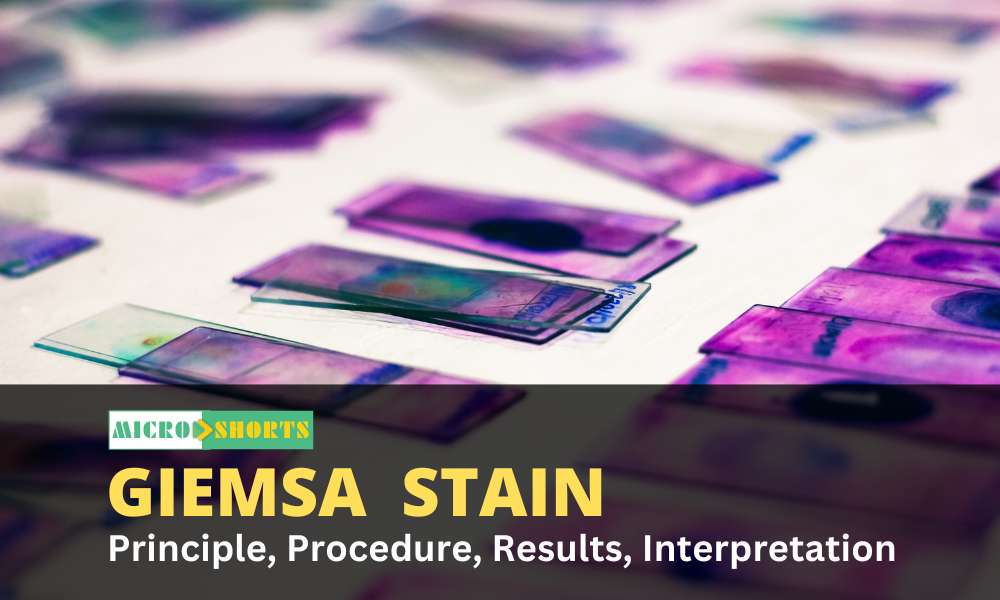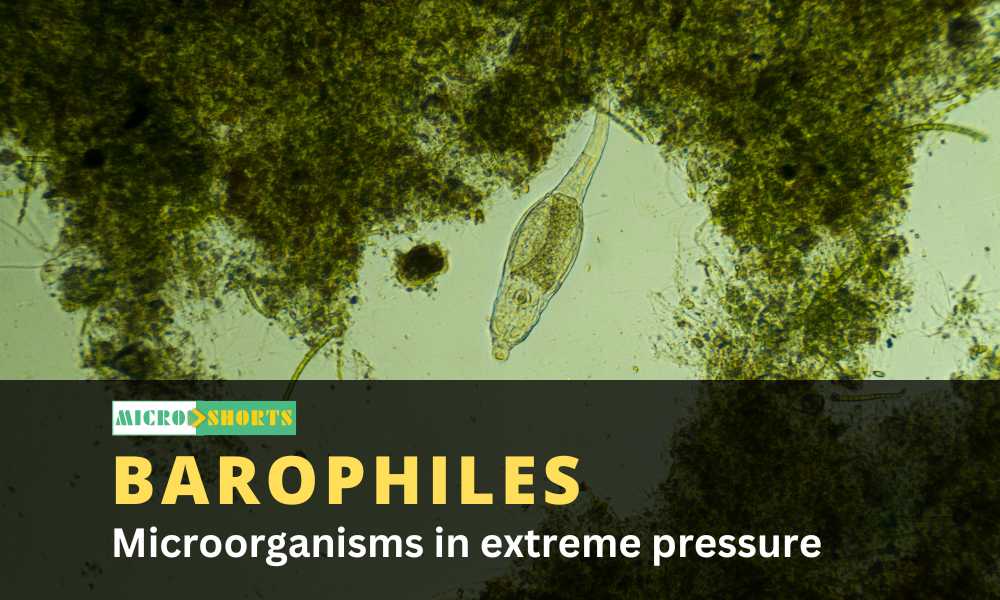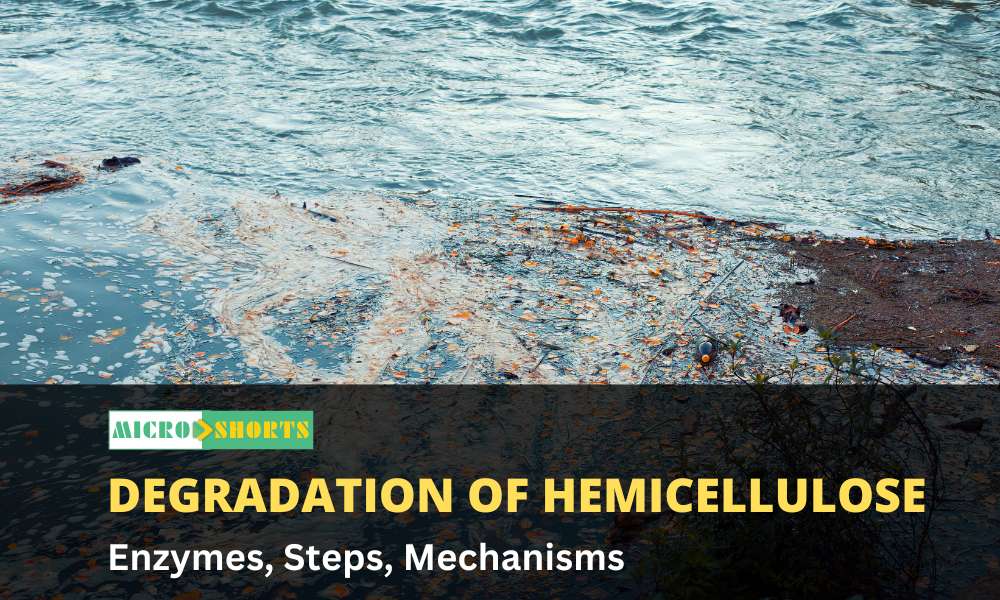Introduction
Giemsa stain was a name adopted from a Germany Chemist
scientist, for his application of a combination of reagents in demonstrating
the presence of parasites in malaria.
It belongs to a group of stains known as Romanowsky
stains. These are neutral stains made up of a mixture of oxidized methylene
blue, azure, and Eosin Y and they performed on an air-dried slide that is
post-fixed with methanol. Romanowsky stains are applied in the differentiation
of cells, pathological examinations of samples like blood and bone marrow films
and demonstration of parasites e.g malaria. There are four types of Romanoswsky
stains:
- Giemsa
stain
- Jenner
Stain
- Wright
stain
- May-Grunwald
Stain
- Leishman
stain
Objectives of Giemsa stain
- To
accurately prepare the Giemsa stain stock solution
- To
stain and identify blood cells
- To
differentiate blood cells nuclei from the cytoplasm
Principle
Giemsa stain is a gold standard staining technique that is
used for both thin and thick smears to examine blood for malaria parasites, a
routine check-up for other blood parasites and to morphologically differentiate
the nuclear and cytoplasm of Erythrocytes, leucocytes and Platelets and
parasites.
Like any type of Romanowsky stains, it composed of both the
Acidic and Basic dyes, in relation to affinities of acidity and basicity
for blood cells. Azure and methylene blue, a basic dye
binds to the acid nucleus producing blue-purple color. Eosin is an acidic dye
that is attracted to the cytoplasm and cytoplasmic granules which are
alkaline-producing red coloration. The stain must be buffered with water to pH
6.8 or 7.2, to precipitate the dyes to bind simple materials.
Classically, Giemsa stain is a differential stain which is
made up of a combination of reagents (Azure, Methylene blue, and Eosin dye)
used widely in cytogenetics and histopathology for the diagnosis of:
- Malaria,
spirochetes and other blood parasites
- Chlamydia
trachomatis inclusion bodies
- Borrelia spp
- Yersinia
pestis
- Histoplasma spp
- Pneumocystis
jiroveci cysts
Reagents Used
- Methanol
- Giemsa
powder
- Glycerin
- Water
(Buffer)
Procedure
Preparation of the Giemsa Stain Stock solution (500ml)
- Into
250ml of methanol, add 3.8g of Giemsa powder and dissolve.
- Heat
the solution up to ~60oC
- Then,
add 250ml of glycerin to the solution, slowly.
- Filter
the solution and leave it to stand for about 1-2 months before use.
Preparation of Working solution
- Add
10ml of stock solution to 80ml of distilled water and 10ml of methanol
Staining procedure 1: Thin Film staining
- On a
clean dry microscopic glass slide, make a thin film of the specimen
(blood) and leave to air dry.
- dip
the smear (2-3 dips) into pure methanol for fixation of the smear, leave
to air dry for 30seconds
- Flood
the slide with 5% Giemsa stain solution for 20-30 minutes.
- Flush
with tap water and leave to dry
NOTE: In case of emergencies, leave the Giemsa
stain solution for 5-10 minutes
Staining Procedure 2: Thick Film Staining
- Add
a thick smear of blood and air dry for 1 hour on a staining rack.
- Dip
the thick blood smear into diluted Giemsa stain (prepared by taking 1ml of
the stock solution and adding to 49ml of phosphate buffer or distilled
water, but the results may vary differently).
- Wash
the smear by dipping in in buffered water of distilled water for 3-5
minutes
- Leave
it to dry
Results
The Cytoplasm and cytoplasmic granules of blood cells appear
red in color while the nucleus appears blue-purple in color.
The erythrocytes will appear pink in clour
- Eosinophils
will have a blue-purple nucleus, a pale pink cytoplasm, and orange-red
granules.
- Neutrophils
will appear purple-red nucleus and a pink cytoplasm.
- Basophils
will have a purple nucleus and bluish granules.
- Lymphocytes
have a dark blue nucleus and a light blue cytoplasm.
- Monocytes
will have a purple nucleus and a pink cytoplasm.
- Platelets
will have purple granules.
Interpretation
Azure and methylene blue, a basic dye binds to the acid
nucleus producing blue-purple color. Eosin is an acidic dye that is attracted
to the cytoplasm and cytoplasmic granules which are alkaline-producing
red-orange coloration.
Applications Giemsa stain
- Giemsa
stain is specific for the phosphate groups of DNA. It attaches itself to
regions of DNA with high amounts of adenine-thymine bonding.
- Giemsa
stain is used in Giemsa banding (G-banding), to stain chromosomes and it
is often used to create a diagrammatic representation of chromosomes
(idiogram).
- Being
a differential stain, Giemsa stain can be used to study the adherence of
pathogenic bacteria to human cells, differentiating human cells as purple
and bacterial cells as pink.
- It
can be used for histopathological diagnosis of malaria and some spirochete
and protozoan blood parasites.
- It
is also used in Wolbach’s tissue stain i.e staining hematopoietic tissue and
for the identification of bacteria and rickettsia
- Giemsa
stain is a classic blood film stain for peripheral blood smears and bone
marrow specimens. Red Blood Cells stain pink, platelets stain a light pale
pink, lymphocyte cytoplasm stains sky blue, monocyte cytoplasm stains pale
blue, and leukocyte nuclear chromatin stains magenta.
- Giemsa
stain is also used to visualize chromosomes, identifying chromosomal
anomalies like translocation and rearrangement,
- Giemsa
stains the fungus Histoplasma, Chlamydia bacteria, and
can be used to identify Mast cells.
Advantages
- Readily
available, easy to prepare, maintain and use
Limitations
- Working
Giemsa stain must be prepared shortly before use.









Comments